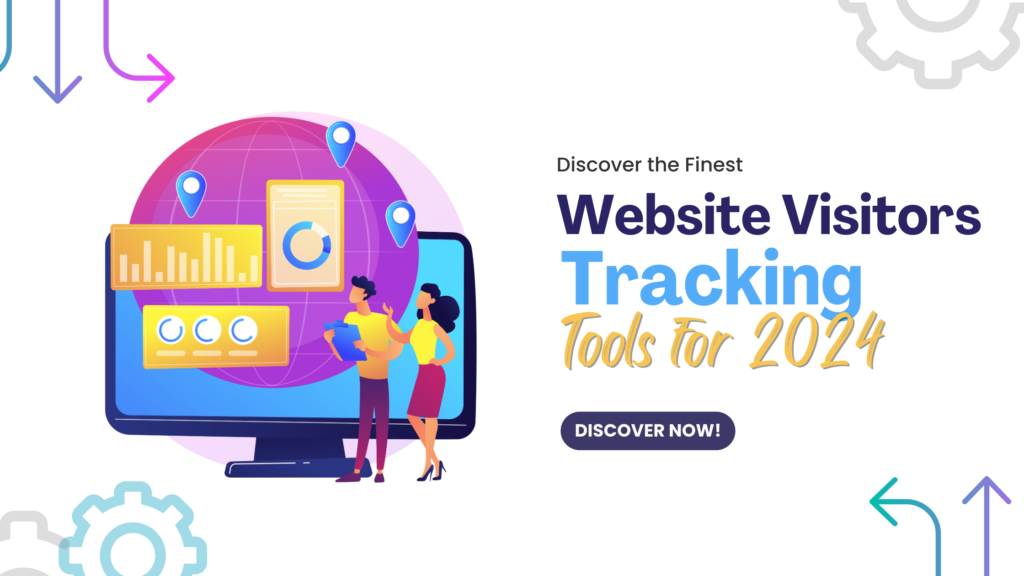Selecting the right website tracking tools is very important in measuring the success of your website and assessing the efficiency of specific elements of your page. As it is quite clear that there are a number of tracking tools that can be used in analyzing websites, it becomes quite challenging to identify which one will best suit your needs. This article aims to offer some helpful insights on properly choosing the best website tracking tools for your website.
Select tools that give the necessary metrics
While comparing website tracking tools for your research, make sure that they provide information about basic website measurements such as the amount of traffic visiting the site, the source of traffic, bounce rate, number of page views, goal conversion, and sales revenue.
This data should be visualized through charts and graphs, and the tool should enable user segmentation for more fine-tuned analytics. Users will make better decisions as they will have knowledge and appreciation of metrics such as monthly visitors, traffic sources for growth or decline, and conversion rates on website goals.
How simple it is to use and how it can be incorporated into the text
Determine how simple it is to use the website tracking tools and how well they perform with your other tools. Seek for tools that have easy-to-use dashboards, the ability to select, format, and export reports, and options to set up automatic reports for time-saving.
Check that they have APIs, code snippets, plugins, or internal connections with key platforms. The tool should be easily implemented and adopted with little dependence on IT departments across multiple websites. It should also offer some advice on how you can get going and begin drawing tips and making decisions as soon as possible

Look at the feature sets and compare the price ranges.
To arrive at the best tool, make a comparison of the features offered by the different tools you have shortlisted in regard to the budget you have set and the website tracking needs. Most of the tools available have paid and basic versions with limited metrics and the number of users.
Additional features available in paid packages are A/B tests, heatmaps, forms & funnels tracking, lead scoring, and others. More features to consider are real-time visualizations, custom dashboards, anomaly detection, etc., and determine the most cost-effective tool offering the necessary features. Some models have a fixed fee based on a certain number of page views. It is, therefore, important to consider the annual traffic estimates when deciding on the website tracking tool’s cost.
Determine legal and security risks and measures of data protection
Always consider how the site tracking tools securely, privately, and compliantly address your website’s data. However, while collecting data on visitor activity and behavior on your website, the information acquired must be protected against unauthorized access. It must be anonymous and compliant with legal requirements of the specific country or region.
It is essential to go through the particular tool and examine its data protection standards, authentication methods, privacy policy, and compliance with such laws as GDPR to see your role in managing data safely on a website. Software investment for data security and compliance will have the related policy and certification available for public view.
Conclusion
Metrics, data, and website performance should be monitored regularly to ensure that adjustments can be made as needed to enhance the visitors’ experience. As there are several website monitoring tools, finding the one that will suit your budget, required features and skills, one has to conduct the research and gather the data on the options available. The tips mentioned above can help to get the right tool to improve the deliverables of the website through enhanced decision-making.

